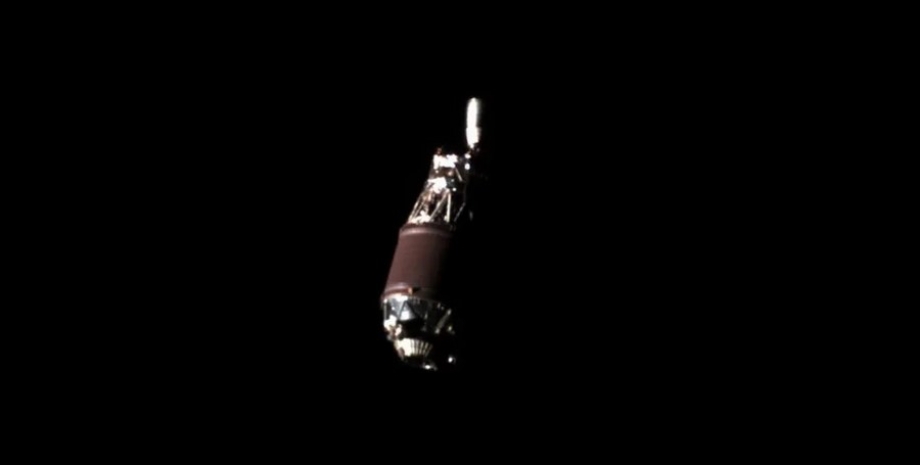
 By Natali Moss
By Natali Moss
Subscribe not to miss the latest and most intricate news from the world of science! Astroscale has sent a special ADRAS-J spacecraft to test space waste removal technology from orbit. During the mission, the device approached the upper stage of the Japanese H-IIA launch rocket, which has been rotating around the Earth at a height of 600 km for 15 years. The size of this part of the space rocket is approximately 11 by 4 meters, and it weighs 3 tons.
Astroscale plans to create a grouping of apparatus in orbit that will remove space debris. In the future, a robotic manipulator will be used to capture wreckage and descent them from the orbit. This time, Adras-J is engaged in checking the ability to accurately determine space debris and equally accurately converge to collect information about the object. In the near future, the device will try to slow down the speed of rotation of the rocket.
To do this, Adras-J will use its engines, exhaust gases from which will beat the stage of the missile in the direction opposite to its rotation. Adras-j will also take more shots of space debris. Astroscale plans to start implementing its plan to remove space debris in orbit in the next few years. The problem of space debris has become increasing in recent times. Over the last 60 years, millions of debris have accumulated in orbit. In particular, the degrees of space missiles were worked out.
These fragments may encounter working satellites in orbit that are used for communication and land observation. But the degrees of launch vehicles are of particular danger because of their huge size. According to the European Space Agency, there are now 2220 worked degrees of space missiles in orbit. As the focus has already wrote, astronomers have found a comet that will be brighter than most stars, and it is already flying to the ground.










All rights reserved IN-Ukraine.info - 2022